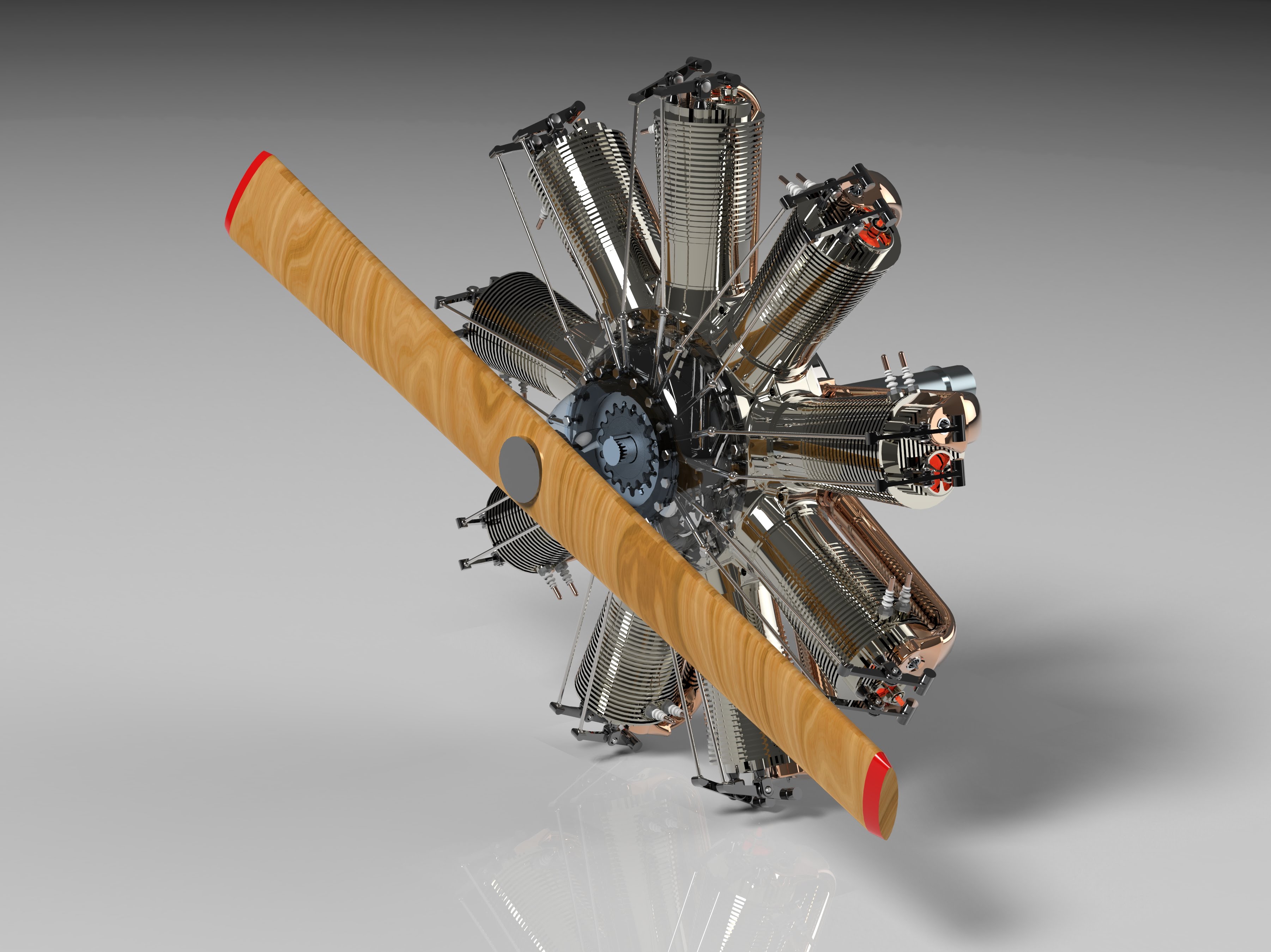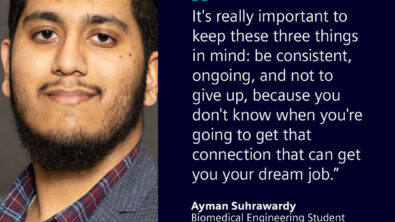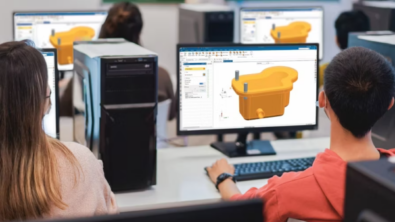University of Alabama-Huntsville students wins monthly design contests


Thomas Salverson from University of Alabama in Huntsville created his winning image- nine-cylinder Clerget radial engine using Solid Edge. Read what he has to say about his image:
What is your field of study? I am currently pursuing a double bachelor’s degree in Mechanical and Aerospace Engineering.
Why did you choose this project/design – what gave you the idea? I choose to design a radial engine since it offered more moving parts than a conventional lawn mower engine. Also the radial engine is fascinating to me, so the project was a great way for me to learn more about the design of a radial engine. I also found a set of plans for the engine online, which made it possible for me to design the engine for my class.
What challenges did you face during the design/build?
The biggest challenge I faced during the design/build process was assembling and animating the cam and cam follower relationships.
What features of Solid Edge did you use to develop your project?
I used all of the 3D design commands such as extrude, revolve, cut, etc. I designed all of the engine’s parts in the ordered part environment and assembled them in the assembly environment. I also used the motor and animation features of Solid Edge to simulate the engine’s operation.
Would you recommend Solid Edge to another student? Why or Why not?
Yes! I would absolutely recommend Solid Edge to another student. I have truly enjoyed learning to use Solid Edge and it is now my favorite CAD program for school as well as personal projects. I have found that the general layout and workflow structure of Solid Edge is very convenient and efficient compared to other CAD programs I have used.
Check out Thomas’ other engineering projects.
 Baxter Barnes, another University of Alabama in Huntsville student created a model of a General Electric B39-8 locomotive built in Solid Edge. Read what he has to say:
Baxter Barnes, another University of Alabama in Huntsville student created a model of a General Electric B39-8 locomotive built in Solid Edge. Read what he has to say:
“I am a Mechanical Engineering major at the University of Alabama in Huntsville. I chose to build a model of a train because I’ve had an interest in trains for as long as I can remember, and wanted to replicate one of the locomotives that the railroad in Huntsville uses.
The biggest challenge I faced in making my design was getting all of the dimensions correct. Although I could find some basic dimensions on the internet, I had to use photographs I had shot of the locomotive to get the scale of the details correct.
The model consists of 28 unique pieces assembled in the Solid Edge Assembly environment. I used many linear extrusions to make the basic shape of the model, and added details by rounding and using the sweep and loft tools. I used the Thin Wall function on the cab of the locomotive to allow me to add clear windows.
I would highly recommend Solid Edge to another student. I found it intuitive to use and it offers a lot of functions that make designing various elements to a project possible.”
To enter the design contest, submit a new entry with an image created using one of Siemens PLM Software products.
Students and teachers can downlaod a free version of Solid Edge and prepare for the Solid Edge Certification online exam now with a new free training resource


